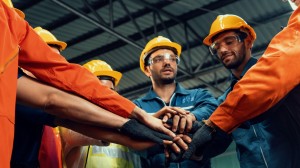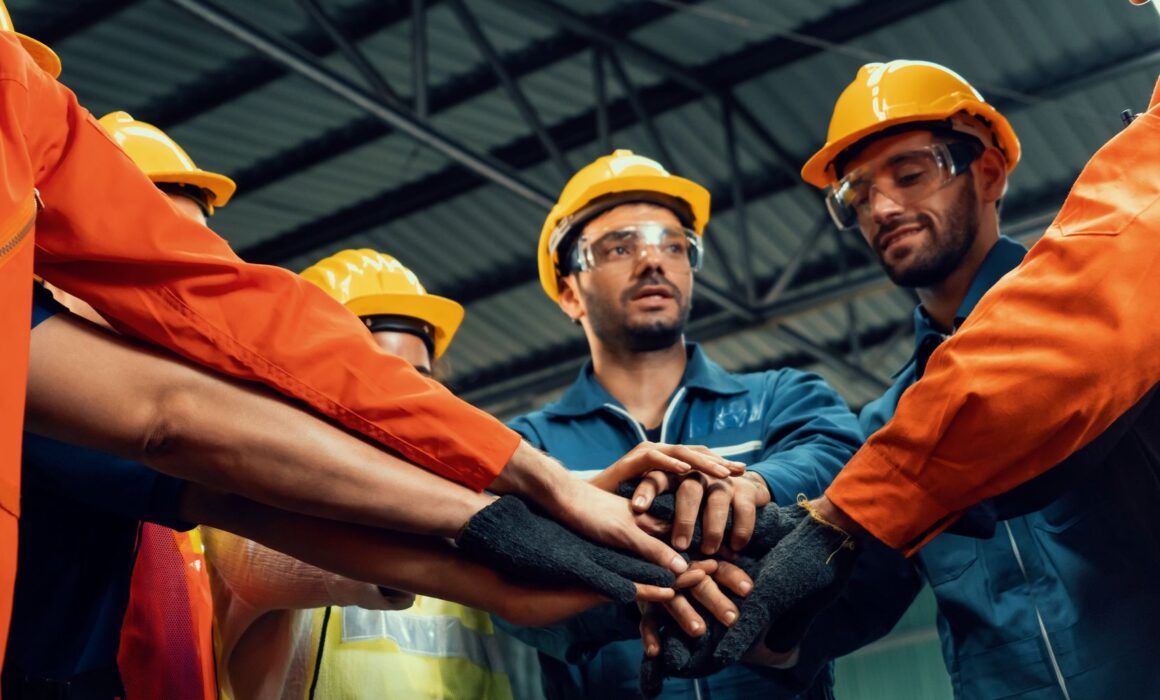Designing for resilience: Navigating structural safety in civil engineering projects
 In the realm of civil engineering, the pursuit of resilience is non-negotiable. Ensuring the longevity and safety of structures is not just a matter of engineering acumen; it’s a commitment to the well-being of communities and the sustainable development of our environments. This blog delves into the critical importance of designing for resilience in civil engineering projects, exploring the incorporation of structural safety measures that stand as guardians against the forces of time and nature.
In the realm of civil engineering, the pursuit of resilience is non-negotiable. Ensuring the longevity and safety of structures is not just a matter of engineering acumen; it’s a commitment to the well-being of communities and the sustainable development of our environments. This blog delves into the critical importance of designing for resilience in civil engineering projects, exploring the incorporation of structural safety measures that stand as guardians against the forces of time and nature.
The foundation of resilience: Understanding structural safety
Structural safety is the cornerstone of resilient design. It involves implementing measures that fortify a structure against various challenges, including natural disasters, aging, and evolving usage patterns. In civil engineering, where structures serve as lifelines for communities, prioritizing safety is paramount. The integration of cutting-edge technologies, innovative materials, and meticulous planning is the key to constructing structures that withstand the test of time.
Integrating structural safety measures: a holistic approach
- Seismic design:
- In regions prone to seismic activity, such as the Intermountain West, seismic design becomes a critical consideration. Engineers employ advanced modeling techniques and seismic-resistant materials to ensure structures can absorb and dissipate seismic forces.
- Adaptive design for climate resilience:
- With the escalating impacts of climate change, civil engineers are adopting adaptive design strategies. This involves accounting for changing weather patterns, rising sea levels, and extreme temperatures to create structures that can adapt to evolving environmental conditions.
- Durability through advanced materials:
- The choice of materials plays a pivotal role in ensuring the durability of structures. Incorporating advanced materials, such as fiber-reinforced composites and high-strength alloys, enhances a structure’s resistance to wear, corrosion, and fatigue.
- Smart infrastructure:
- The advent of the Internet of Things (IoT) allows for the creation of smart infrastructure. Sensors embedded in structures provide real-time data on structural health, enabling proactive maintenance and addressing issues before they escalate.
- Innovative foundation systems:
- The foundation is the bedrock of structural stability. Engineers are exploring innovative foundation systems, including seismic base isolators and deep foundation solutions, to enhance a structure’s ability to withstand external forces.
- Risk assessment and management:
- Conducting comprehensive risk assessments is integral to designing resilient structures. Identifying potential vulnerabilities and implementing risk management strategies ensure that structures remain robust even in unforeseen circumstances.
The human factor: Community-centric design
In the realm of civil engineering, the shift towards community-centric design is not merely a trend but a transformative philosophy that recognizes the profound impact infrastructure has on people’s lives. Resilient structures go beyond their physical manifestations; they become integral components of communities, influencing daily routines, fostering connections, and shaping the overall well-being of those they serve.
Holistic involvement of stakeholders: Community-centric design starts with the fundamental understanding that the people who reside in and around a structure are more than passive observers; they are stakeholders whose input is invaluable. Civil engineers are increasingly embracing a collaborative approach that involves the community from the project’s inception. By soliciting feedback, understanding local needs, and considering the concerns of residents, engineers can tailor designs to reflect the unique characteristics and aspirations of the community.
Cultural considerations: Culture forms the soul of a community, influencing everything from lifestyle choices to architectural preferences. Community-centric design places a strong emphasis on understanding and respecting local cultures. Civil engineers strive to create structures that harmonize with the cultural fabric of the community, preserving heritage and traditions. This approach not only ensures greater acceptance of the infrastructure but also fosters a sense of pride and ownership among residents.
Enhancing quality of life: Beyond the pragmatic aspects of structural safety and functionality, resilient design seeks to enhance the overall quality of life for community members. Civil engineers focus on creating environments that promote health, accessibility, and sustainability. This may involve integrating green spaces, optimizing traffic flow, or designing structures that facilitate social interaction. The goal is to contribute positively to the daily experiences of individuals, making the community not just a location but a nurturing and vibrant space.
Sustainability as a community imperative: Resilient design is inherently tied to sustainability, acknowledging that the choices made today have far-reaching implications for the future. Community-centric design integrates sustainable practices, such as energy-efficient systems, renewable materials, and environmentally conscious construction methods. By doing so, civil engineers not only address immediate needs but also invest in the long-term well-being of the community, ensuring a sustainable legacy for generations to come.
Educational and recreational integration: Community-centric design recognizes that infrastructure serves not only as a backdrop to daily life but as an active participant in community development. Civil engineers explore opportunities to integrate educational and recreational elements into their designs. This may include creating spaces for community gatherings, incorporating educational signage, or designing structures that facilitate learning and leisure. Such considerations not only contribute to the vibrancy of the community but also empower residents to interact meaningfully with their surroundings.
In essence, community-centric design is a call to civil engineers to be stewards of not just concrete and steel but of the communities they serve. By prioritizing the human factor, engineers can elevate infrastructure beyond its utilitarian function, transforming it into a catalyst for positive change, social cohesion, and the enduring well-being of the people it touches. In the pursuit of resilient design, community-centricity emerges as the cornerstone, recognizing that the true measure of success lies in the positive impact on human lives.
Partner with McNeil Engineering
In the pursuit of resilient design, where safety is not just a goal but a responsibility, McNeil Engineering emerges as a beacon of excellence. With a legacy of over three decades, McNeil Engineering combines experience, innovation, and a commitment to creating structures that stand the test of time.
As you embark on your next civil engineering project, consider partnering with McNeil Engineering. Their team of seasoned professionals possesses the expertise to integrate cutting-edge structural safety measures, ensuring that your project not only meets but exceeds the highest standards of resilience. Visit McNeil Engineering to explore a comprehensive range of services and make a conscious choice for safety, sustainability, and enduring infrastructure. In the world of civil engineering, where the future is built one structure at a time, the choice of a reliable partner makes all the difference. Choose McNeil Engineering — where safety and resilience converge for a better, more sustainable tomorrow.

